Storing garlic for the winter: basic methods, harvesting rules
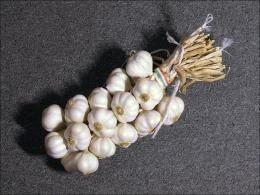
To preserve garlic after harvesting, you need to store it properly. To do this, optimal conditions must be created and maintained in winter. There are various storage methods garlic even at home.
Content:
Rules for growing garlic
To ensure high-quality growth and development of vegetable crops, it is necessary to create optimal conditions for this. Garlic grows well in loamy or sandy soil with neutral acidity. It is better to place the beds in a lighted area and can be placed with other crops.
To grow summer garlic, planting material should be properly prepared and sorted. Before planting, spring garlic needs to be germinated: place the cloves in a damp cloth bag, and then in a plastic bag for several days.
It is recommended to plant spring garlic in the spring, after the soil has warmed up. The optimal time is early or mid-April. Garlic should be planted to a depth of about 6 cm.
The beds must be mulched. Spring garlic shoots will appear at a temperature of +3 degrees, and ripening occurs at +25 degrees. Winter garlic planted in early September.
It is not recommended to grow on soils where onions and garlic previously grew.Before planting, you need to add 5-7 kg of humus and a tablespoon of superphosphate into the soil. If the soil is clayey, then you need to add a bucket of peat. Next, the beds should be dug up and leveled.
Caring for garlic before harvesting
During the growing season, garlic should be watered frequently and abundantly. The active growth of the vegetable depends only on the amount of moisture supplied. When fruits are forming, watering is reduced. Fertilizers should be applied regularly. You can use mullein or bird droppings.
The time to apply fertilizer is spring. In the summer, an ash solution is added (200 g of ash is needed for 10 liters of water). The soil in the beds should be constantly loosened. It is recommended to mulch the soil with rotted horse manure.
Proper harvesting
In order for garlic to retain all its nutrients, it is important not only to properly care for it. care, but also prepare for storage. It is important to harvest according to the ripening period. Garlic varieties planted in autumn are harvested in the second ten days of July.
If garlic was planted in the summer, then the optimal time for harvesting is the first days of September. Untimely harvesting of garlic will lead to the fact that the bulbs will begin to disintegrate into cloves, and new roots will appear on the bottom. As soon as the feathers begin to turn yellow, this is a sign when you need to prepare to harvest garlic.
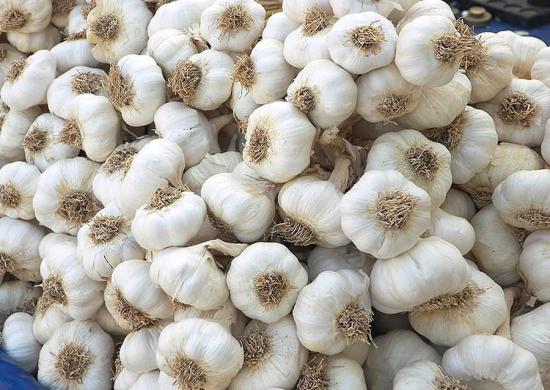
You need to stop watering 1.5 - 2 weeks in advance. This will make it easier to pull the bulbs out of the ground. The husk should rustle and come off easily. Harvesting should be done before the rains begin, as wet weather will ruin the bulbs and they will not last long. During harvest, damaged or rotten bulbs should be placed in a separate container.
An important step in preparing garlic for storage is drying.Garlic should be dried along with herbs. Nutrients will go directly to the bulb. In sunny weather, the harvest is taken out into the fresh air, having previously been placed on a baking sheet.
Dry bulbs should within 3-5 days. If the weather is cloudy, then drying is carried out in a ventilated area. After drying the bulbs thoroughly, cut off the roots and leave about 2-3 mm. The stem should also be trimmed, the length of the neck should be about 10 cm.
How to store garlic
The method of storing garlic is chosen taking into account the level of humidity and temperature. There are two storage methods: warm and cold. With the warm method, the bulbs are stored in a room where the humidity is 50-79% and the temperature is +16-+20 degrees. This storage method is best used for spring garlic.
Video about proper storage of garlic after harvesting:
If winter garlic was grown, it is stored cold. The humidity level in the room should be between 70-80%, and the temperature about +2-+4 degrees. Depending on the growing period of garlic, storage will differ. Garlic at home should be stored away from heating devices and radiators. The storage space can be a cellar, a box on the balcony or a refrigerator.
A storage container should be chosen with holes so that the garlic can “breathe”. These can be shallow boxes, cardboard boxes, nylon stockings, etc. The oldest method is storing garlic in braids. The stems of the bulb were not cut. The resulting fagots were hung in a cool room.
If garlic stored in wooden boxes, the heads are laid in several layers and covered with salt. Thus alternate layers to the very top.Salt will protect garlic from high humidity and from possible pests and diseases. You can store garlic in regular glass jars.
After drying, the bulbs are not peeled and placed in layers in sterilized jars and sprinkled with flour. One of the common ways to store garlic is in fabric bags. If the air humidity in the room is low, then garlic bulbs can be mixed with onion peels. At high humidity they can be treated with saline solution.
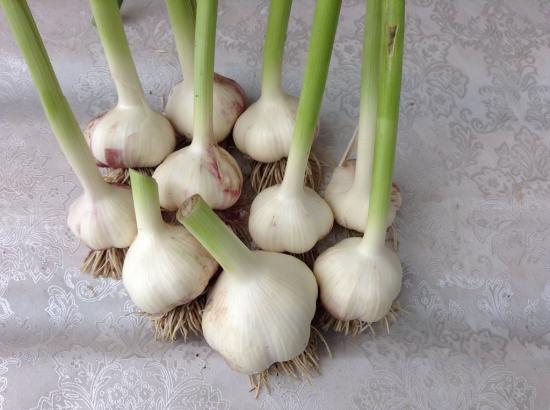
During storage, you can observe dried cloves under the husk. The cloves turned out to be empty because the moisture had evaporated. To avoid this, melt a candle and cover the heads of garlic with the resulting paraffin. Cleaned heads can be stored in sunflower oil.
Sterilize glass jars, add garlic cloves and add vegetable oil, and store in the refrigerator. When using this method, the shelf life of the vegetable is no more than 3 months. You can use any method, this is the only way you can choose and determine for yourself which is better and more convenient.

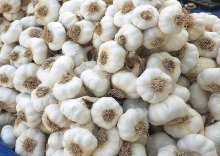
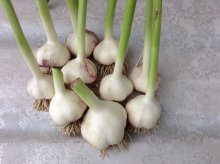
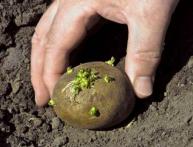
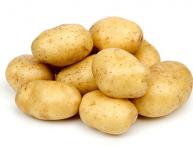

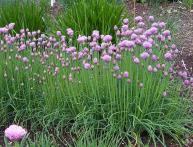
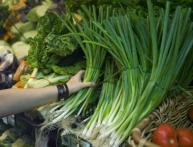
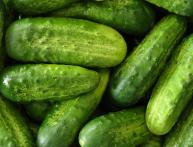
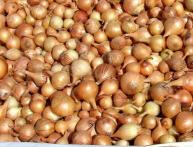
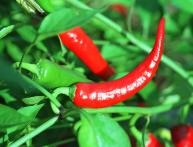
Comments
We always store garlic in the refrigerator, in the vegetable compartment, but not all of the bulbs are stored. I have never tried storing garlic in paraffin or sunflower oil.